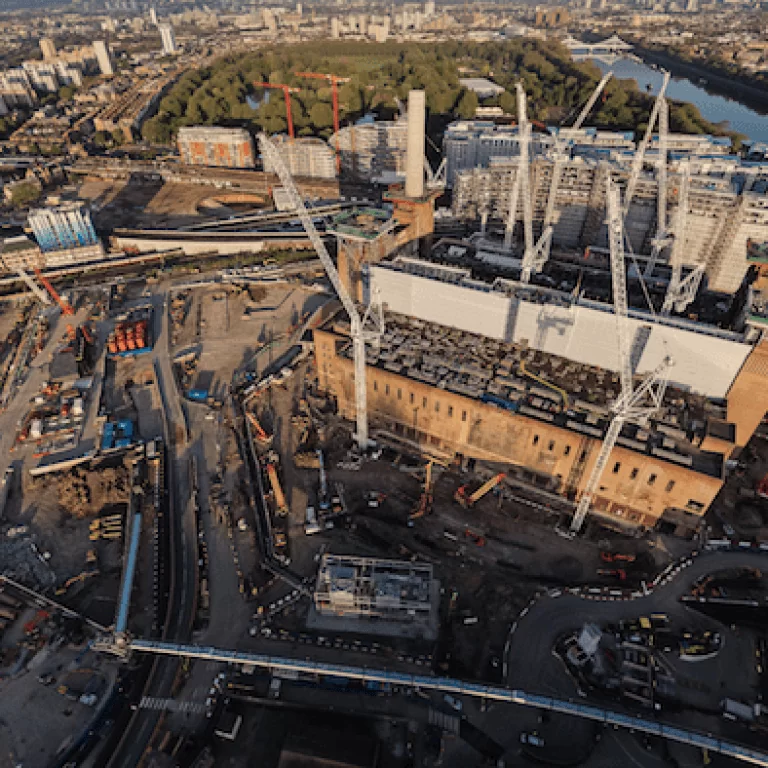
News The increasing popularity and use of drones in photography
In our previous blog post about drone technology, we covered the landmark ruling by the NFL to permit the use of unmanned aerial vehicles (UAVs) at stadiums across the USA, permitting that they are empty when in the air.
America’s Federal Aviation Authority (FAA) have recently estimated there will be an increase in small, hobbyist UAV purchases, from 1.9 million in 2016 to as many as 4.3 million by 2020. As for more commercial uses of drone technology, these are expected to grow from 6000,000 in 2016 to 2.7 million by the end of the decade. By 2020, the sales for hobbyist and commercial UAVs are estimated to have reached a combined 7 million units.
The practical use of drones is certainly expanding rapidly, not only in the US but also across the globe. As mentioned in our previous blog, despite the sometimes restricting regulations in place and concerns over the public’s use of drones here in the UK, drone technology is becoming an increasing part of both hobbyist and commercial markets.
UAVs are arguably becoming an industry standard in terms of documenting the progress of particularly large-scale projects in sectors such as construction, entertainment and leisure, video and film production.
It is not only commercial sectors like these, however, where such technology is making its mark. Drones are even providing new and exciting opportunities in academic and public spheres, too, with UAVs able to capture images at high resolution and at relatively low cost to the client at a time of some economic pressure.
In fields such as geography and archaeology, for example, drones can be utilised to track the effects of climate change, and map out accurate 3D models of landscapes and buildings from otherwise inaccessible altitudes. As well as this, drones are able to cover evermore dangerous and inhospitable areas – like the craters of active volcanoes – and have even been used to collect DNA samples from the spout of endangered whales!
Numerous instances have also been documented where drones have been used by emergency services to save lives. It has been reported that two thirds of fire services and half of police forces in the UK are now using drones or are planning to do so.
Hundreds of thousands of pounds is reportedly being spent on equipping frontline emergency staff with the relevant tools and training to utilise this technology in potentially fatal scenarios, such as train crashes and mass terrorist shootings, as UAV technology allows rescue services to remotely assess a situation and survey an area without putting any of their own personal at risk in the process.
And in commercial sectors drone technology is already flourishing, with the results offered simply not possible using traditional methods. In a previous blog, for example, we touched on how 360° degree videos are enhanced by UAVs’ potential, particularly when trying to communicate the extreme scope of certain projects and events.
What is clear is that drone technology is fast becoming a crucial part of photography’s future, in both public and private sectors. In a recent speech made at the House of Commons, the Queen spoke regarding the Modern Transport Bill, which has been introduced to ensure that the UK “is at the forefront of technology.”
The safe use of drone technology, as well as autonomous vehicles, was also an important part of the Bill, meaning that these technologies are potentially going to be an integral part of future digital integrations and developments, both closer to home as well as globally.